Nora Keller is Vice President of Product Management at Creative Market, a marketplace for design by independent creators. She began her career in media, working at Carpark Records, PopGun Presents, and The Syndicate. Nora then transitioned to partnerships management and strategic marketing at WNYC Radio before becoming a project manager with a focus on content strategy. Before her current position at Creative Market, she worked on podcasts and live news at The New York Times.
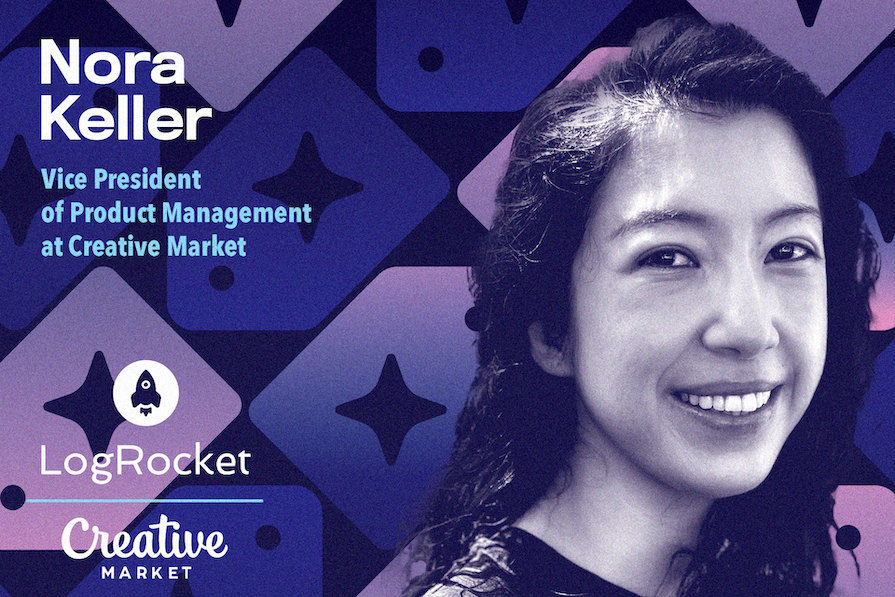
In our conversation, Nora emphasizes how curiosity can often surface gaps or assumptions that would otherwise be missed. She talks about the importance of building a culture of openness, transparency, and diverse perspectives. Nora also discusses how Creative Market continues to emphasize the human touch in a world of AI.
This experience set my foundation for product management. My media career had a wide breadth — I spent time across music, podcasting, and news. All of those functions were quite different, but the through line was the importance of understanding your audience. Regardless of the area of media I worked in, I always strived to craft something that resonated. In all of those roles, I had to think about how to connect with someone. How do you hold their attention? How do you make something meaningful and deliver it in a way that feels natural and intuitive? That translated very well to product thinking.
Especially from working in news, I learned how to stay skeptical but in a productive way. I have a natural proclivity to challenge assumptions, and that environment nurtured that quality. You have to figure out how to ask better questions, and you also have to avoid being swayed by surface-level winds. In that environment, you learn very quickly that data can tell you any story if you’re not careful. The same thing applies to product management. I’ve developed a strong allergy to vanity metrics and posturing — I care a lot more about asking the right questions and tracking things that move the needle for users than how something looks on the surface.
Lastly, I’ve developed a good understanding that my experience is not everyone’s experience. That type of myopia can be a killer in product. If you want something creative to land, you have to be curious about perspectives beyond your own and stay intentional about what you’re trying to do.
Early on in my career, I was worried that my non-technical background would limit my career. But I think that from the jump, I had to be very open about what I know and what I don’t know. That was ultimately an advantage.
I am never afraid to ask questions until I understand something, and I have found that that curiosity can surface gaps or assumptions that others may have missed. Especially in a lead role, this creates a culture where it’s OK that someone doesn’t have all the answers right away. No one knows everything, but we’re going to figure it out together. That’s why we’re here.
I have also always trusted my team, and I’ve been super lucky to work with incredibly smart, capable people. I believe that my role is to set clear goals, provide context, and ask questions that get us closer to the best solution, not to come up with a solution myself. When you give people the space to bring their expertise to the table, you’re ultimately going to end up with a better outcome. Being a good product leader is not about dictating every piece of a build — it’s about seeing and opening up opportunities, removing roadblocks, and keeping everyone aligned on what we’re trying to accomplish. Then, together, you make something great.
I try to approach the work democratically. I strongly believe in bringing multiple voices into the process, especially early on. I actively seek input because, in my experience, better ideas come from a more complete view of the problem, and you only get that if you talk to your team.
I am also always very clear about the angle. When it’s time to make a call, I make the call. The key there is alignment. If the team understands what we’re trying to achieve, they’ve been part of the process, and they know how the decisions are being made, then you’re golden. Even if not everyone agrees with the final decision, they can at least see the reasoning.
Clarity builds trust and allows us all to keep moving forward without getting stuck, as well as to get all of the inputs and find the best solution we can come up with together.
There’s not a big secret here, but I believe that if you genuinely respect the people that you work with, you will naturally treat them in a way that builds trust and a solid culture. I’m not a particularly hierarchical person, and I try to lead without a ton of ego. I am genuinely curious about other people’s perspectives. I ask a lot of questions because I’m genuinely interested in the answers. It’s also important to make it clear to people that I want them to challenge ideas. Often, I will directly ask people for their take, especially when I’m new on a team.
My advice is to start from there and make sure everyone’s working with the same context, clear priorities, clear constraints, and a shared understanding of what the goals are. Transparency can get dropped often, unintentionally, if you get busy and don’t have time for these conversations. But ultimately, you save yourself time if you give people the context that they need to do their jobs.
I had this lesson pretty early on. When I worked on the product team at The New York Times, my area of responsibility was live news visuals. I focused on creative ways to present live news and how to visually present information that was interesting and attention-grabbing, while also keeping people informed and engaged. When I came in, I thought, “Well, I’m not a designer or anything, and I don’t have that background.” I didn’t know how I would come up with something and solve this problem.
I tried to focus hard on figuring out what people have problems with, what others are doing, potential opportunities for us to do better, and where people get confused. I narrowed in on a specific thing that we could improve, and I took that to our designer. She was amazing and brilliant, so we had a creative conversation about what she thought about the idea. We talked about it for a while, and it was a really fun conversation. Later, she came back to me with her designs for the idea, and they were immeasurably more beautiful and interesting than what I could have conceived in my head.
The key here was that she really understood. She wasn’t just designing in a black hole — she listened to my thoughts on where the opportunities were and, from there, we had a shared idea of what was most important. From there, we picked one, and I feel like that moment was such a fun way to go about my job. It’s an opportunity for someone who has expertise to be creative, but to be guided along the way. I try to replicate that experience in my work.
I think it starts with listening. You should listen to your users, look at the data, and listen to your team. I look for places where people are getting stuck and dropping off, and balance that against what we know are best practices in ecommerce and design. You don’t always have to reinvent the wheel.
Also, I prioritize high-impact, low-effort wins first. These are things that are clear friction points we can fix quickly, and this builds momentum. It frees up a lot of space to go for some of those riskier and bigger bets. It’s also nice for the team to deliver wins and build some confidence. In general, it’s important to protect time for these experimental transformative ideas, but don’t let that consume your entire roadmap. A big part of doing this job well is getting that balance right.
We have a really incredible customer support team. They’re plugged in with the rest of the company and sit very closely to product. We also have regular touch bases. These people are really our frontline and sit closest to the user. They know what’s happening in real time, so my product management team and I make a concerted effort to stay plugged in with that team.
We also do user surveys and interviews. We like to chat with users or the shops on our platforms, who are our sellers, and ask them for specifics. When we’re having a 1:1 conversation, my team and I like to be a little more philosophical and ask things like, “What would you like to see? Where do you think the industry is going? What do you want to make? What do you want your experience to be like?”
Those conversations are really fun and interesting. The more in-depth you get, the more effort it is and the longer it takes to build a solution, but those conversations are always worth the time and energy. If you are trying to create a community or build something that serves your audience, you really have to get to know them.
We track the usual suspects, like test results, user behavior, and engagement metrics. I also pay attention to what users are saying and doing. Sometimes, you go in and build something thinking people will interact with it one way, but they end up doing something totally unexpected. Other times, you launch something and it doesn’t click. It’s really important to stay flexible. I try to keep my ego out of it and stay focused on the outcome. Is the goal to ship this widget, or is it to solve the problem that the widget was supposed to address? If it’s not moving as close to that goal, then I’m ready to pivot. There’s a lot of cost thinking in product, so I try to be aware of that in my role.
I also like to give ideas a little bit of room. If there’s a strong signal in the feedback or a structural reason why something needs more time to play out, then I give it the time. Or, if something is working but needs some small tweaks, I stick with it and we make the tweaks. A big pillar of product is iteration, and understanding if you need to make some changes or if the path you’re going down is a dead end takes the right metrics.
The other gut check is to be ready and able to explain your decisions to other people. If you’re pivoting or making a change but you can’t clearly articulate the reason, then that’s a good sign that you probably need to become more convinced yourself.
I think that the best experience is going to blend personalization and good discovery. Especially on a platform like Creative Market, where people come to get inspired, we really don’t want to over-engineer an algorithm to the point where everything starts to feel the same. Our customer base is often actively looking for something that’s unexpected and that sparks an idea, and I want to preserve that.
This is why we’re not only leaning on machine learning solutions, but also doubling down on the human touch and editorial creation. We recently published a note from our CEO on our blog, which is called Destination Design, that outlines our current product strategy around this. Quality is our core thesis and our North Star. To me, a huge part of delivering on that is surfacing work using a strong creative point of view. People who buy from Creative Market value originality and artistry, and our successful sellers embody that.
If you’re coming to Creative Market, it’s because you want something crafted and with a lot of character. That’s where the curation piece can play a huge role. We’re building these curated moments on the homepage. We’re highlighting shops and their stories. We’re putting policies in place to elevate originality on the platform. Yes, we’re using AI, and it’s a great tool to improve the experience, but we’re very intentional about where and how we use it.
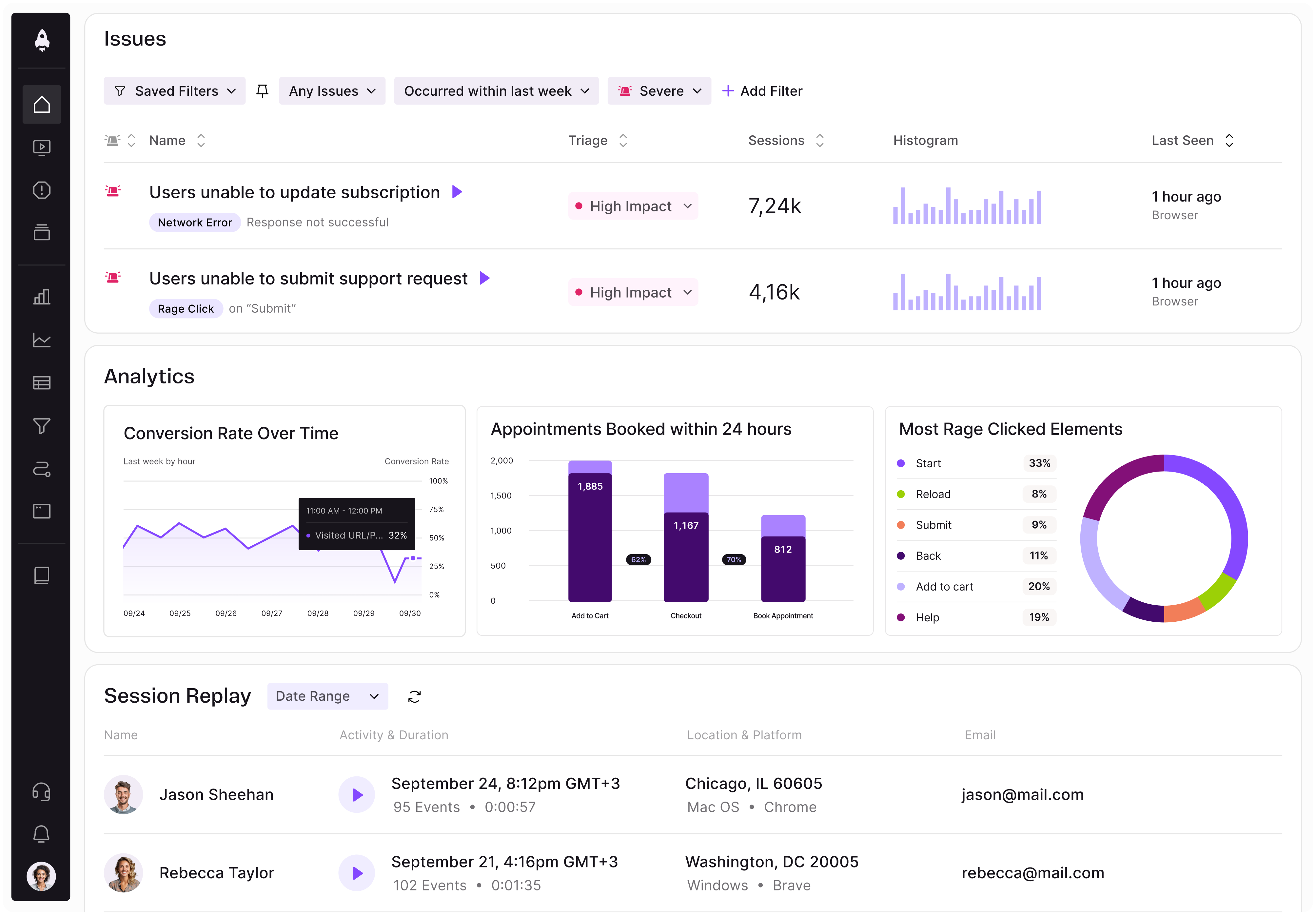
LogRocket identifies friction points in the user experience so you can make informed decisions about product and design changes that must happen to hit your goals.
With LogRocket, you can understand the scope of the issues affecting your product and prioritize the changes that need to be made. LogRocket simplifies workflows by allowing Engineering, Product, UX, and Design teams to work from the same data as you, eliminating any confusion about what needs to be done.
Get your teams on the same page — try LogRocket today.
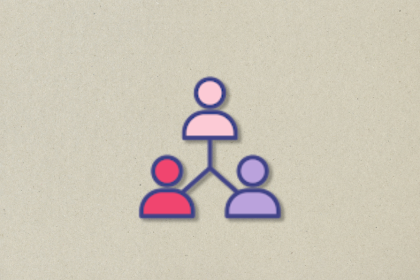
Most teams fail at autonomy. Learn how clear rules help product teams move faster without micromanagement.

A practical framework for PMs to use AI in ideation without sacrificing judgment, strategy, or decision quality.
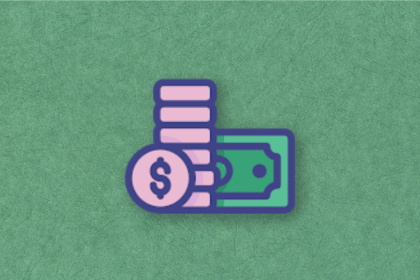
A practical five minute revenue estimation method to help product managers compare ideas, drop low impact features, and prioritize smarter.
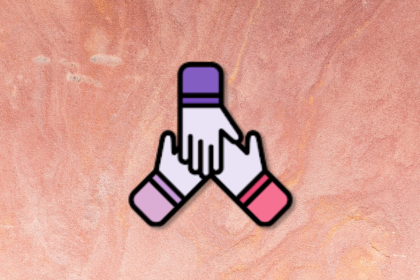
A practical guide for PMs who want to stop being bottlenecks, delegate smarter, and lead teams effectively with a clear ownership framework.